Southwest Japan Historic Rains July 2018
At least 176 have died and dozens more are missing in Japan after "historic" rainfall on July 7-8 triggered intense flooding and landslides.[1] Increasing extreme rainfall is a classic signal of climate change that has been documented in Japan.[2] Increasing extreme rainfall amplifies the risk of landslide and flooding
Nearly 15 inches of rain, roughly equivalent to 1.5 times the average rainfall for all of July, fell in just two hours on Sunday morning.[3] Nearly 2 million people were still under evacuation order on July 9, while thousands of homes have been damaged and phone lines are down across the country.
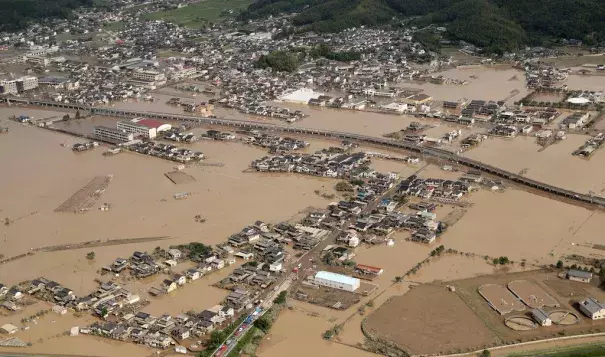
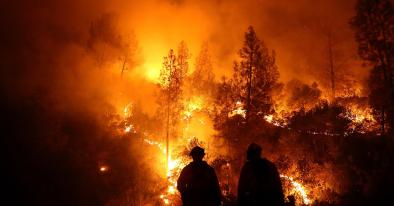
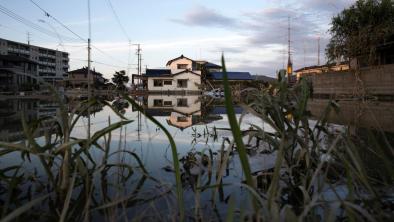
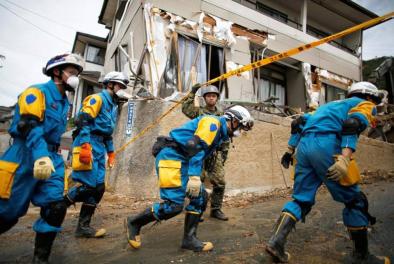
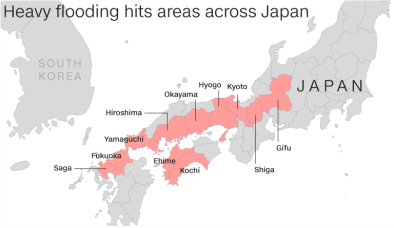
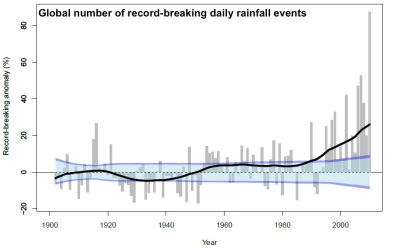

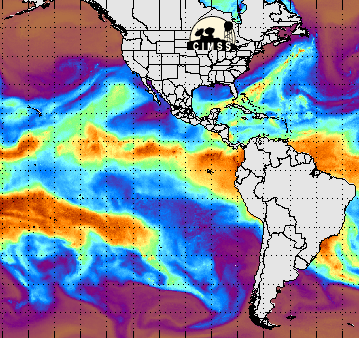
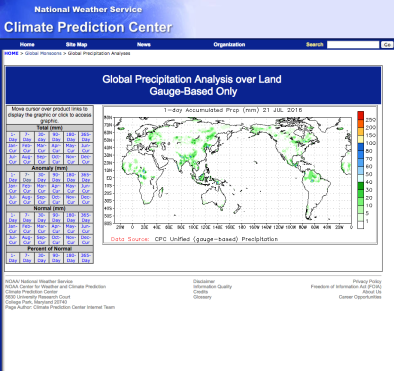
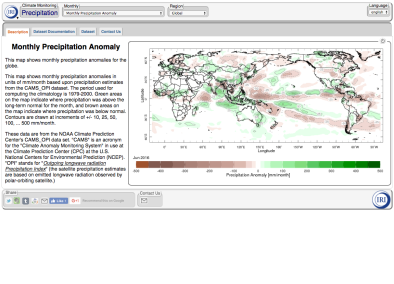
Climate science at a glance
- The trend of increasingly heavy downpours seen around the world is one of the clearest signals of climate change on a warming planet.
- Increasingly heavy precipitation is a global trend firmly linked to global warming driven by carbon pollution from smokestacks and tailpipes.[2][3][4][5][6][7]
- Just as a bigger bucket can hold and dump more water, a warmer atmosphere can hold more water vapor and therefore dump more water when it rains.
- Following the global trend, increasing extreme rainfall has been documented in Japan.[1]
- Increasing extreme rainfall amplifies the risk of landslide and flooding
Climate signal breakdown
Climate signal #1: extreme precipitation
The annual number of days with precipitation of greater than about 4 inches (100 mm) and 8 inches (200 mm) have increased from 1901 to 2013 in Japan.[1] At the same time, the number of days with light precipitation have decreased, indicating an overall shift toward extremely wet days.[1]
Observations consistent with climate signal #1
- One area of the Kochi prefecture experienced a staggering 26.3 centimeters (10.4 inches) of precipitation in just three hours, nearly as much as the average amount for the entire month of July (32.8 centimeters or 12.9 inches), typically southwestern Japan’s second wettest month after June.[8]
- 14.3 inches of rain, roughly equivalent to 1.5 times the average rainfall for all of July, fell in just two hours in the city of Uwajima on Sunday morning.[9]
- Water has reached as high as 16 feet in the hardest-hit areas.[10]






